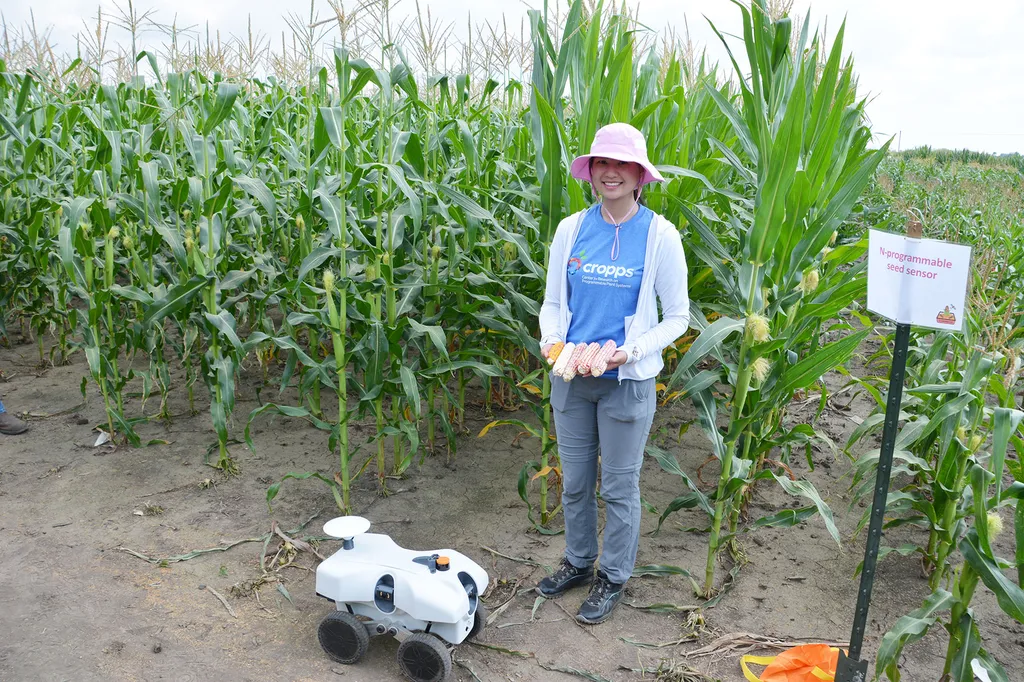In the ever-evolving landscape of precision agriculture, a recent study published in the journal *Frontiers in Plant Science* (translated from *Frontiers in Agronomy*) is making waves by shedding light on the nuanced effectiveness of sensor-based nitrogen management. Led by Pablo Paccioretti from the Department of Agronomy and Horticulture at the University of Nebraska-Lincoln, the research delves into the site-specific drivers that influence the success of these technologies in corn and wheat fields.
Nitrogen (N) is a critical nutrient for crop growth, but its overapplication can lead to environmental degradation, while underapplication can limit yields. Sensor-based technologies, which integrate real-time data with variable rate applications, promise to optimize nitrogen use efficiency (NUE) and maximize yields. However, their effectiveness can vary widely depending on the crop, soil type, and topographic properties.
Paccioretti and his team conducted a comprehensive study across 17 on-farm site-years, comparing sensor-based nitrogen management with conventional grower practices in both corn and wheat. The results were enlightening. In corn, sensor-based management significantly improved NUE, reducing nitrogen application by an average of 40 kg per hectare without compromising yield. “This is a game-changer for corn farmers,” Paccioretti noted. “It shows that with the right technology, we can achieve both economic and environmental benefits.”
However, the story was different for wheat. The study found that the differences between sensor-based and conventional practices were not statistically significant across all trials. This discrepancy highlights the importance of crop-specific responses and the need for tailored approaches in precision agriculture.
The research also identified key site-specific factors that influence sensor performance. In corn, field yield productivity, its variability, and soil texture emerged as the most critical factors. Sensor-based approaches were particularly effective in fields with moderate to high variability, suggesting that these technologies could be most beneficial in complex agricultural landscapes.
So, what does this mean for the future of precision agriculture? The study underscores the need for more sophisticated, crop-specific decision-support tools. “Our findings provide a roadmap for developing more effective sensor-based technologies,” Paccioretti explained. “By understanding the site-specific drivers, we can enhance the precision and effectiveness of nitrogen management.”
For the energy sector, the implications are significant. Efficient nitrogen use not only boosts crop yields but also reduces the environmental footprint of agriculture. This can lead to more sustainable farming practices, which are increasingly important as the world grapples with climate change and resource depletion.
As the agricultural industry continues to embrace precision technologies, studies like this one will be crucial in guiding the development of more effective and sustainable practices. The research published in *Frontiers in Plant Science* serves as a reminder that while sensor-based technologies hold great promise, their success hinges on a deep understanding of the unique conditions of each field and crop.

